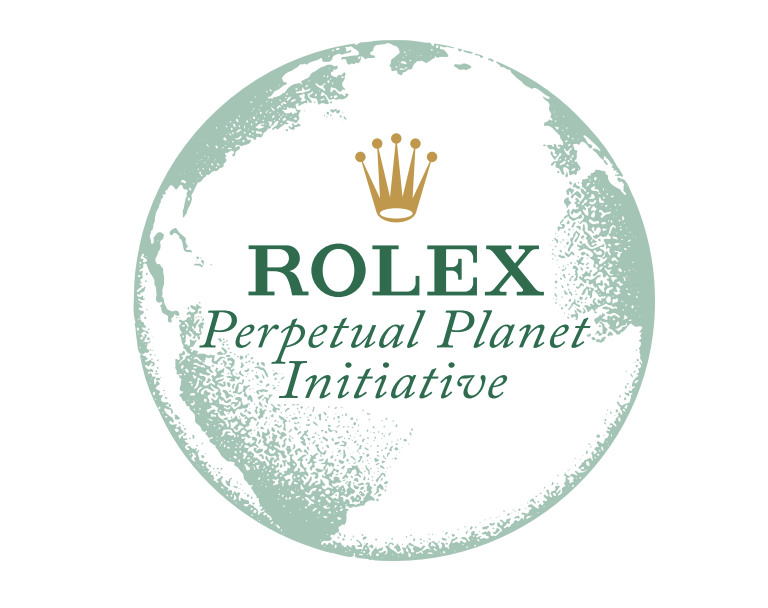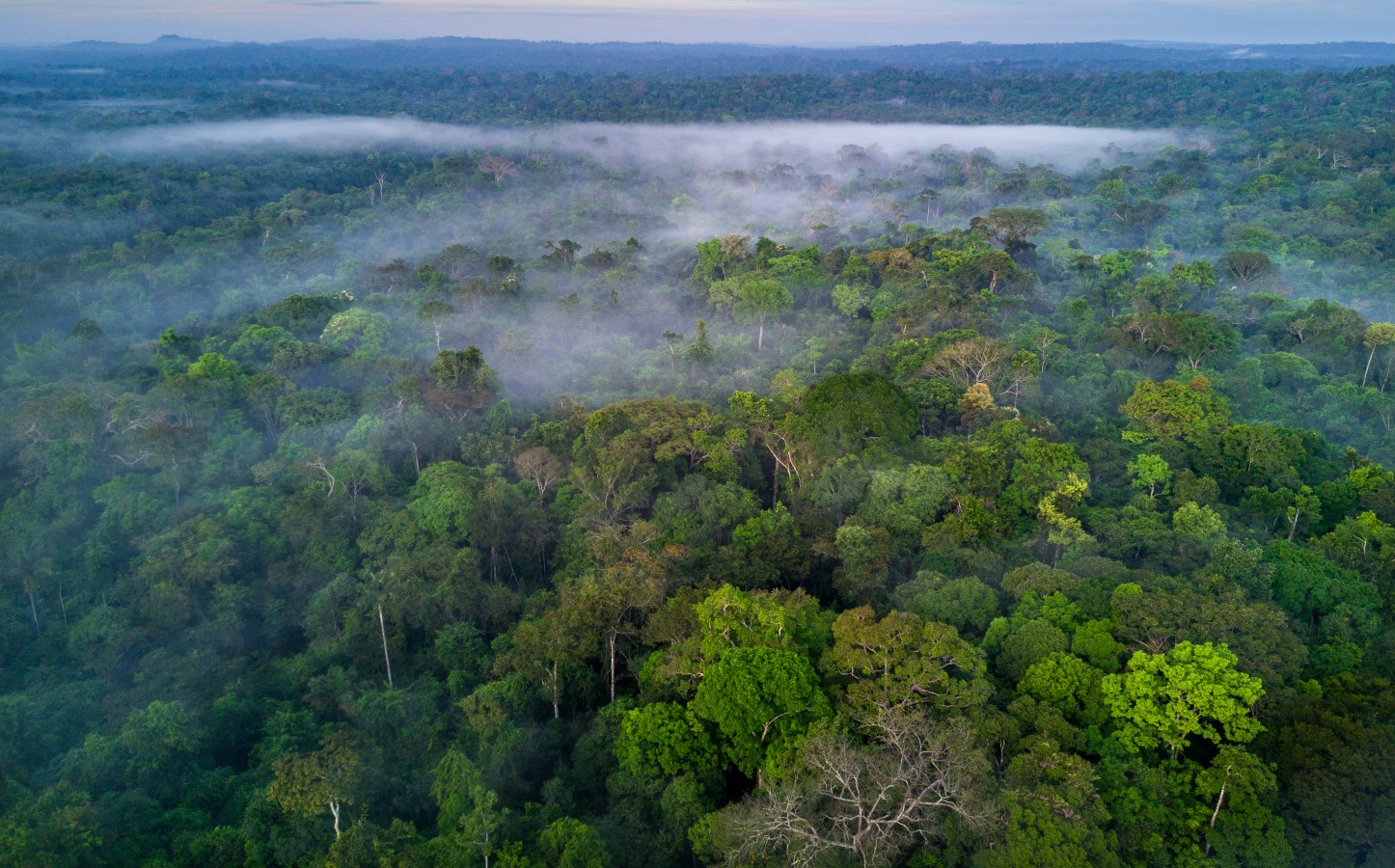As mass bleaching reshapes the world’s largest reef, Emma Camp, Rolex Awards Laureate, is focused on resilience, not total restoration. Her message is clear: there’s no silver bullet – but there is hope.
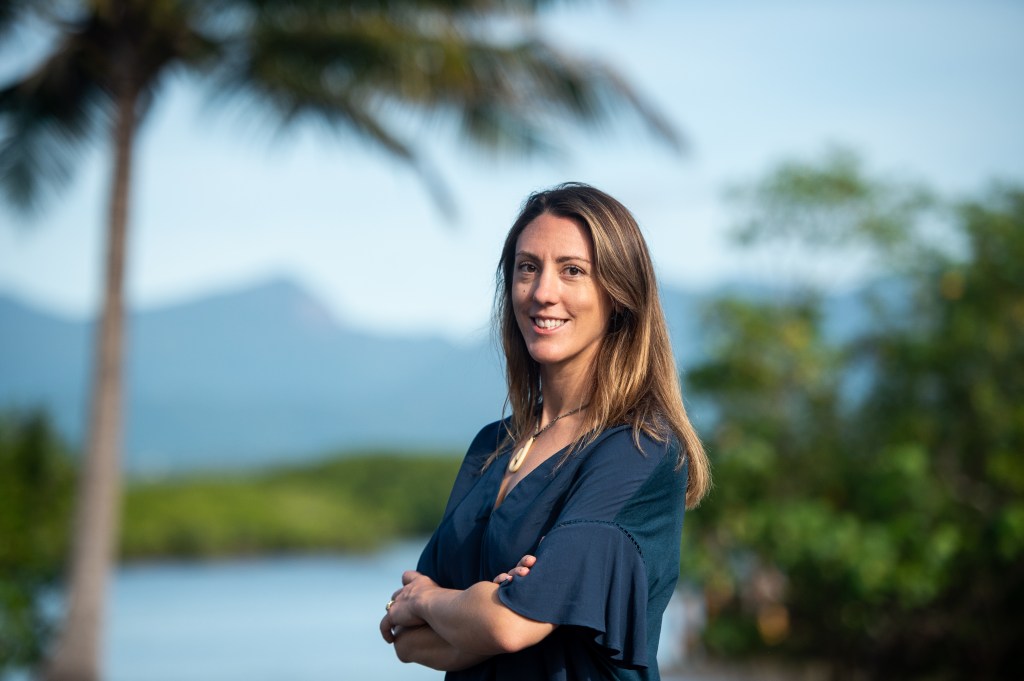
The Great Barrier Reef is no longer the vibrant postcard fantasy from childhood documentaries. Once the crown jewel of marine biodiversity, the reef now faces repeated waves of coral bleaching, warmer oceans, and the cascading impacts of climate change. But amidst the despair, a British-born coral scientist working out of Sydney is urging a shift in perspective.
“Hope’s not lost,” Dr Emma Camp tells Forbes Australia. “But we need to stop chasing the idea that we can restore the entire reef to what it was. That world is gone.”
Camp is not interested in utopian solutions. She’s focused on what works – pragmatic interventions grounded in rigorous science and community action.
Since moving to Australia in 2016 to join the University of Technology Sydney, she’s dedicated her career to finding – and protecting – the pockets of the reef that still show resilience.
“The Great Barrier Reef isn’t one reef,” she says. “It’s more than 2,000 separate reefs – some are struggling, but others are surviving. That nuance gets lost in the headlines.”
It’s those surviving patches that form the core of Camp’s mission.
Her work centres on ‘super corals’ – species that can tolerate extreme heat, acidity, and low oxygen. Many of them are found not on pristine reefs, but in murky mangrove lagoons – what she calls “natural laboratories” for adaptation.

“These environments already reflect what climate models predict for 2100,” Camp explains. “And some corals are not just surviving – they’re adapting.”
That focus has driven two key initiatives. The first is her leadership of the Future Reefs team at UTS, where she oversees research from molecular biology to ecosystem-scale restoration. The second is the Coral Nurture Program, a partnership with tourism operators and traditional owners that has out-planted more than 125,000 coral fragments onto degraded reefs.
“When I came to Australia I didn’t expect to be working so closely with tourism operators,” she said. “But they’re on the water every day – they know the reef better than anyone and working with them and Traditional Owners has transformed the science we can undertake on the reef.”
One of the program’s key innovations is CoralClip, a tool Camp co-developed that allows divers to attach coral fragments quickly and non-toxically. The method has been adopted in over 20 countries.
“We can get over 100 corals out per diver, per dive,” she says. “We’ve run more than 25 studies to make sure the method is safe, scalable and scientifically sound.”
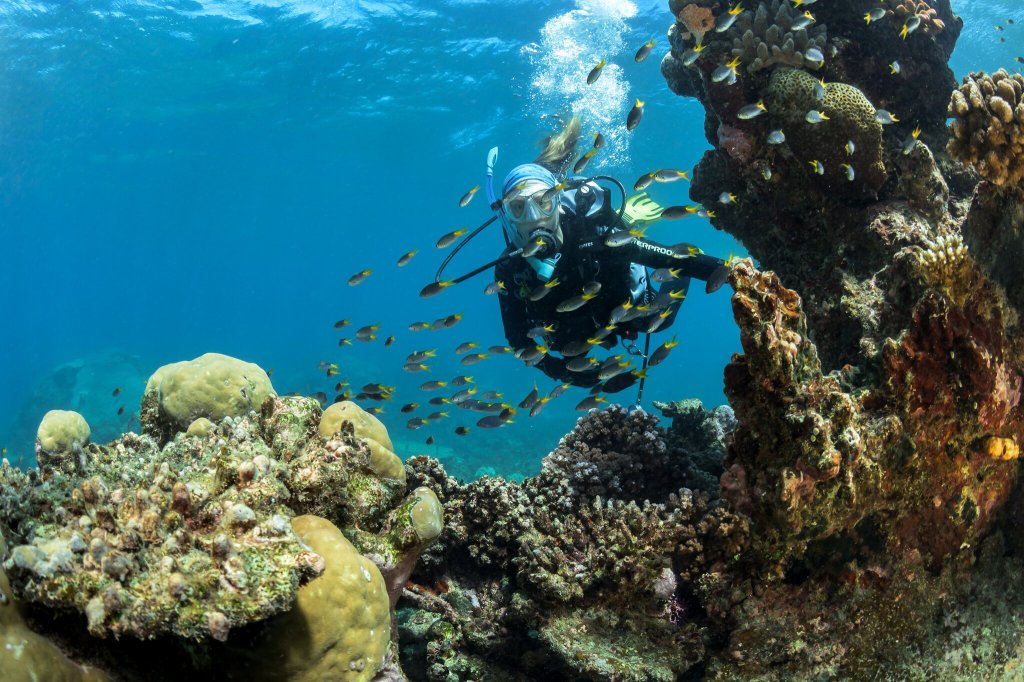
Camp says the urgency behind this work is not just ecological – it’s generational.
“When I arrived in Australia, the reef was bleaching. Back-to-back events in 2016 and 2017. I remember seeing healthy coral turn white. It was confronting,” she says. “Especially as a young scientist whose goal was to protect it.”
The devastation forced a pivot – from observation to action. “I realised watching wasn’t enough,” she says. “I had to get involved in restoring what could still be saved.”
That resolve has since attracted global recognition. In 2019, Camp was awarded a Rolex Award for her work identifying and studying “hotspots of coral resilience” – extreme environments where corals naturally survive in conditions once thought uninhabitable. With support from the Rolex Perpetual Planet Initiative, she has expanded this research and applied it through restoration efforts, including the Coral Nurture Program, which is also supported by Rolex.
Camp says the initiative has helped amplify her science, connect her with a global network of laureates, and bring her work beyond academia into the hands of local communities and restoration practitioners.
“Rolex were doing philanthropic support before it was trendy,” she says. “They’ve helped amplify our message – through funding, visibility and connection.”
Those connections are more than symbolic. Camp is now exploring collaborations with other Rolex Laureates and Partners, sharing restoration techniques and lessons from the reef’s frontline.

But Camp is careful not to oversell the science. She’s wary of alarmism, but also of false optimism.
“I spoke to a head of state at the UN who said, ‘Be careful making predictions – if you’re wrong, it discredits the science.’ And they were right,” she recalls. “So I don’t say the reef will be gone in ten years. But it will be different – and not in a good way.”
Some corals will survive. But they’ll likely be smaller, slower-growing, and less biodiverse.
“We’ve already started to see that shift,” she says. “But these species hold clues – we’re sequencing them now to understand their genetic resilience. It might inform how and where we restore in future.”
She also sees her work as part of a larger conversation about personal accountability.
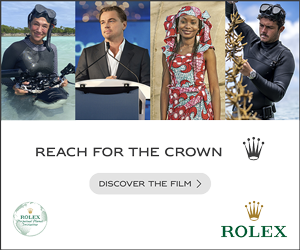
“People think it’s up to scientists. But everyone contributes – every action has a footprint,” she says. “Reef health is linked to our own health. No matter where you live, your choices matter.”
That’s part of why Camp values public engagement just as much as research.
So what does success look like?
“It’s not accolades,” she says. “It’s whether we still have functioning reefs for my children, and for future generations.”
“It’s not about restoring a fantasy. It’s about protecting what’s still alive. There’s no silver bullet – but there is a path forward.”
About the Rolex Perpetual Planet Initiative
Through its partnership with Forbes Australia, Rolex is highlighting the stories of individuals tackling the planet’s most urgent environmental challenges as part of its Perpetual Planet Initiative.
Launched in 2019, the initiative marks a shift in Rolex’s legacy – from supporting exploration for discovery to empowering those protecting the planet. Today, it supports more than 30 global projects and partnerships, including oceanographer
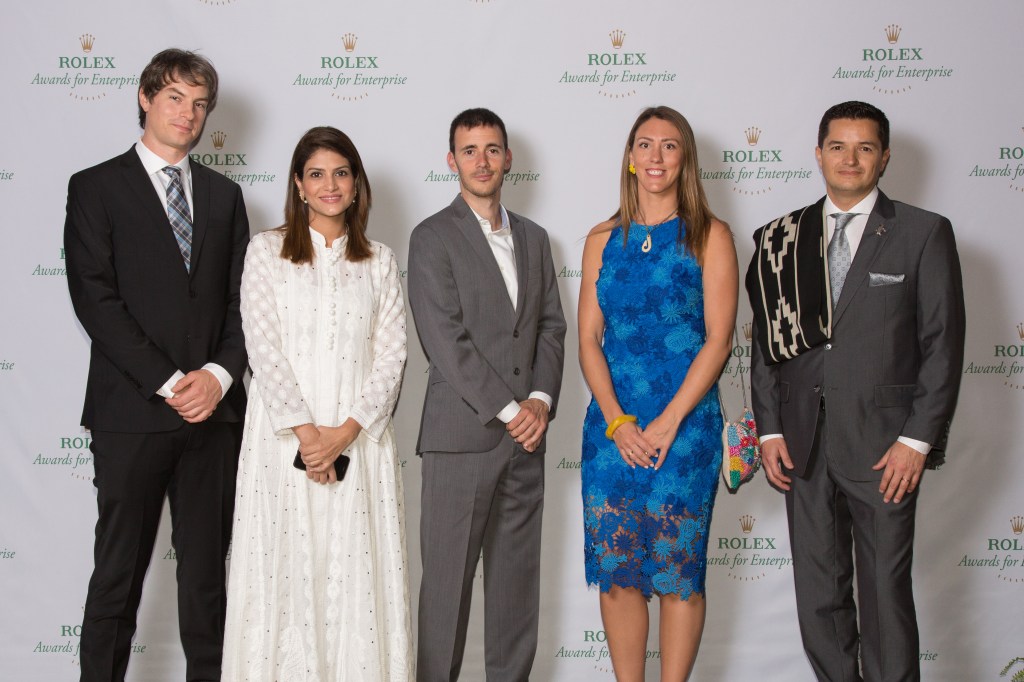
Sylvia Earle’s Mission Blue and its network of marine ‘Hope Spots’ and the National Geographic Society’s climate-focused expeditions across the Amazon, Himalayas and polar regions and more recently the Oceans.
A cornerstone of the initiative is the Rolex Awards, established in 1976. The program supports exceptional individuals whose work improves life on Earth – from developing conservation technologies to climate science and biodiversity protection.
As pressures on the Earth and its ecosystems accelerate, the Rolex Perpetual Planet Initiative is amplifying and supporting the efforts of those on the front lines – helping science move beyond the lab, into the real world, where it’s needed most.
This article is part of Forbes Australia’s editorial partnership with Rolex through the Perpetual Planet Initiative, which supports scientists and explorers finding real-world solutions to Earth’s most pressing challenges.
Learn more at https://www.rolex.com/perpetual-initiatives/perpetual-planet
Look back on the week that was with hand-picked articles from Australia and around the world. Sign up to the Forbes Australia newsletter here or become a member here.
